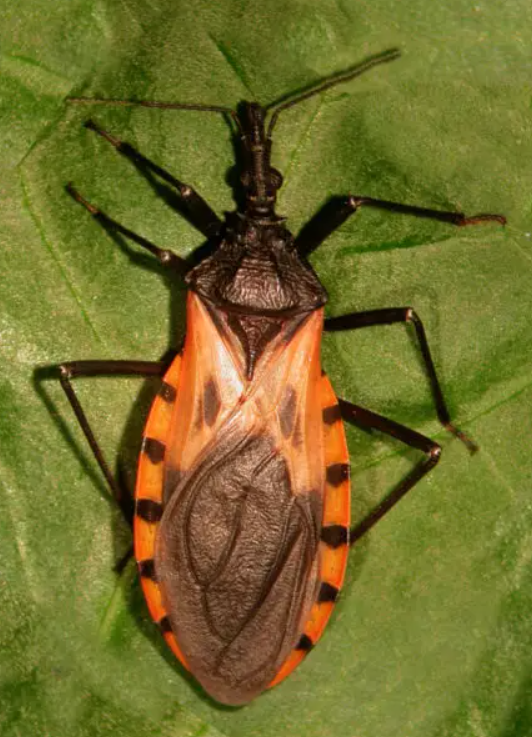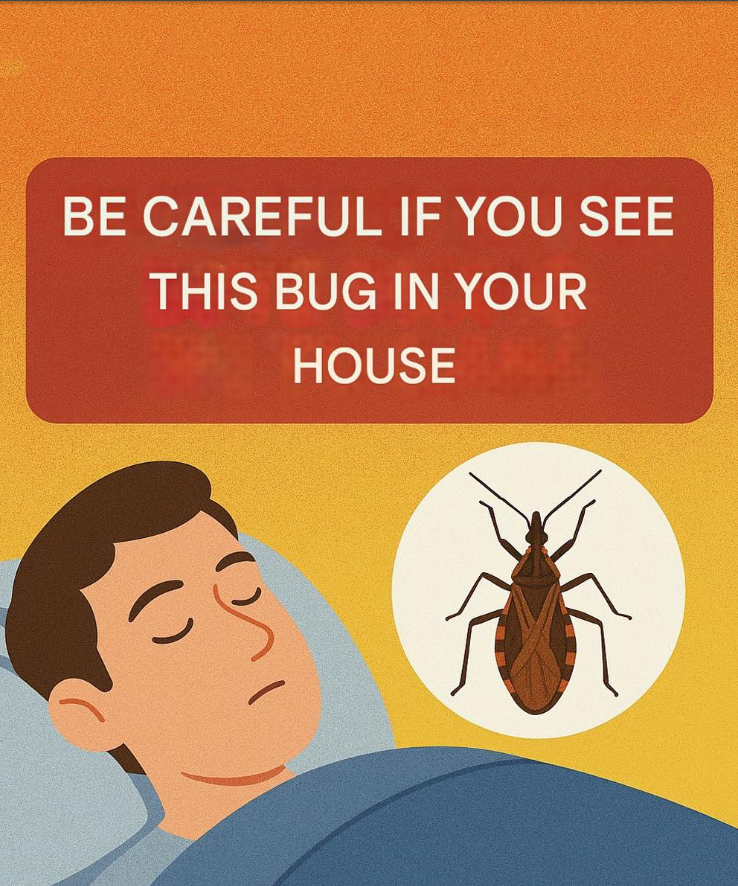Kissing bugs are blood-feeding insects commonly found throughout Latin America, particularly in countries like Argentina, Paraguay, Uruguay, and Brazil. Known for their ability to fly and bite, these bugs feed on the blood of humans and animals such as dogs and cats. Recognizing their bites—and the potential risk of Chagas disease—is essential. In this article, we’ll cover everything you should know about kissing bugs and how to identify them.
What Are Kissing Bugs?
Kissing bugs are hematophagous insects, meaning they survive by feeding on blood. While they mainly target humans, they can also bite pets. These insects are widespread across Latin America and are recognized by their tendency to fly and bite to obtain nourishment.
How to Identify a Kissing Bug
Most people become aware of kissing bugs after being bitten. Their bites can be painful and typically cause redness, swelling, and sometimes blisters. If you notice these symptoms after an insect bite, it’s important to see a healthcare provider to rule out Chagas disease.

Another sign of a kissing bug presence is finding a nest in or near your home. These nests are usually round, made of mud, and should be destroyed immediately to prevent further infestation.
